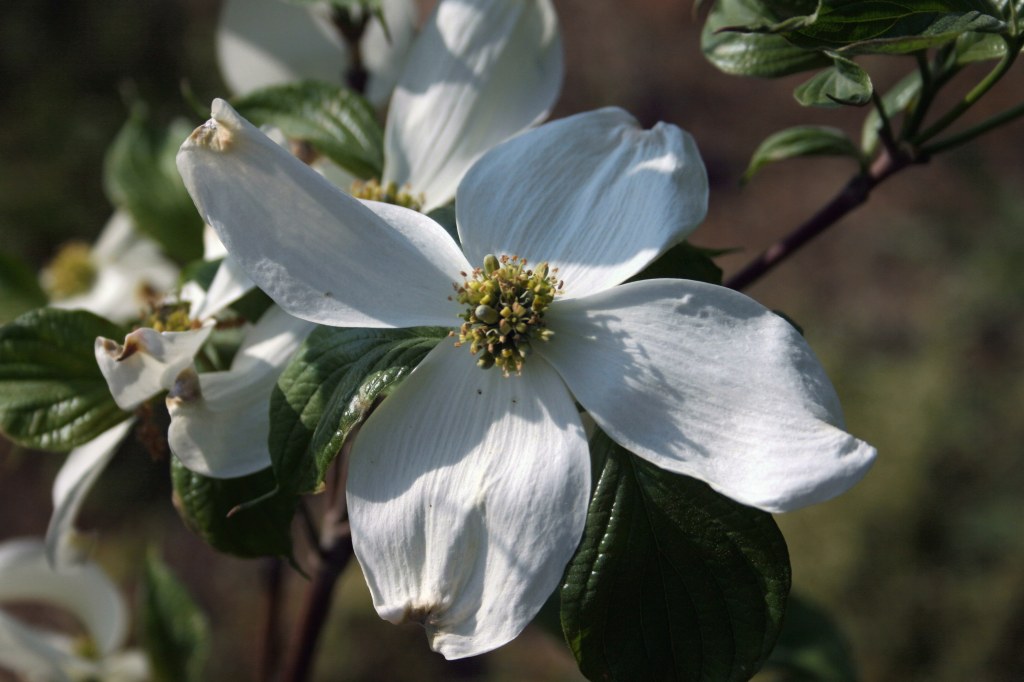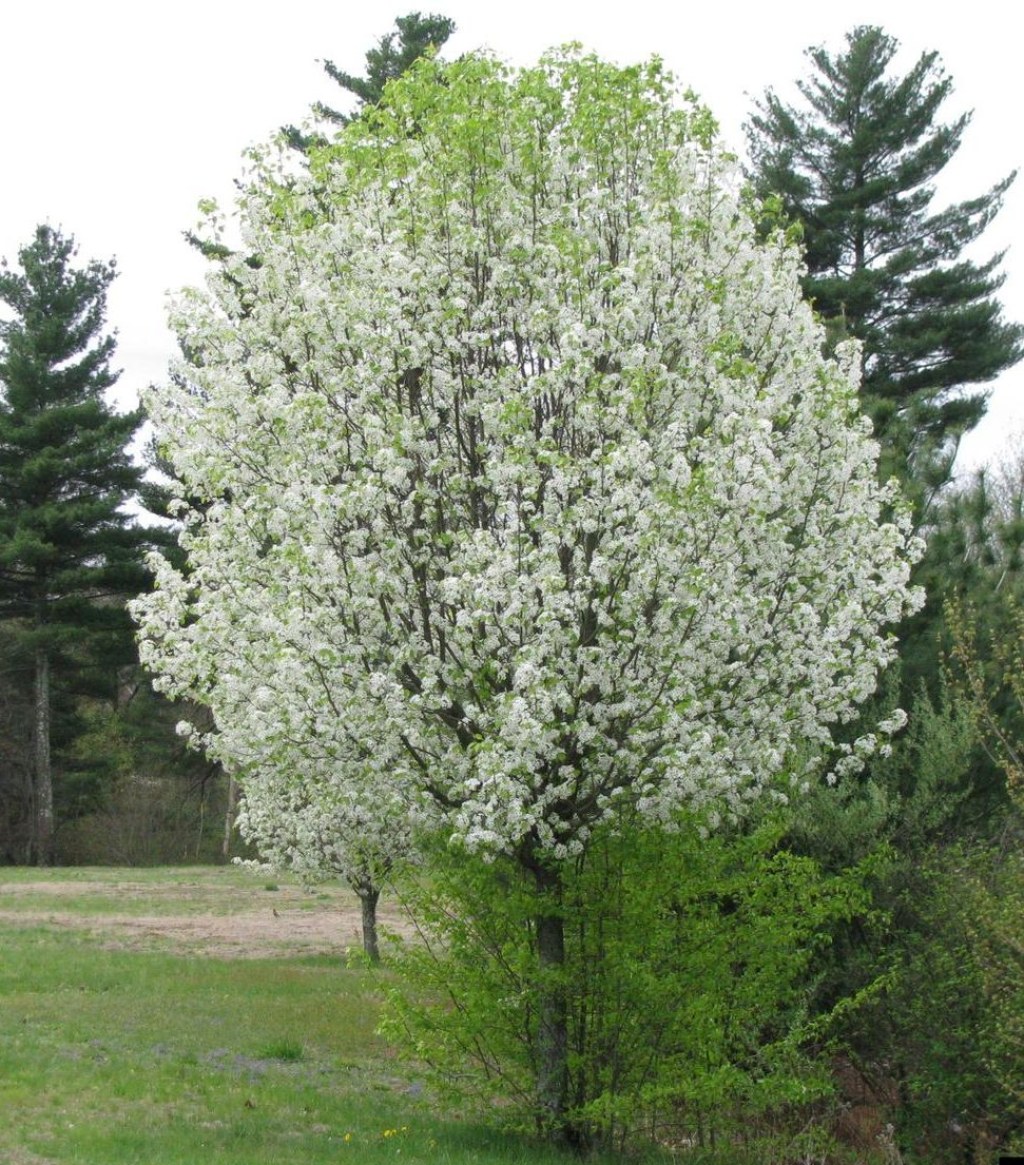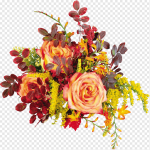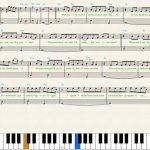Dazzling Dogwood Vs. Vibrant Bradford Pear Flowers: Which Will Make Your Garden Blossom? Click To Discover The Answer!
Dogwood vs Bradford Pear Flowers: A Comparative Analysis
Introduction
Dear Flower Enthusiast,
Welcome to this informative article where we will be comparing dogwood flowers and Bradford pear flowers. Both of these flowering trees are renowned for their beauty and can add a touch of elegance to any landscape. In this article, we will delve into the characteristics, advantages, and disadvantages of these two popular flowering trees. By the end, you will have a better understanding of which tree might be the perfect fit for your garden. So, let’s dive in and explore the captivating world of dogwood and Bradford pear flowers!
2 Picture Gallery: Dazzling Dogwood Vs. Vibrant Bradford Pear Flowers: Which Will Make Your Garden Blossom? Click To Discover The Answer!


But first, let’s take a closer look at these two floral wonders. Dogwood flowers are known for their delicate appearance and vibrant colors, while Bradford pear flowers are admired for their showy and abundant blooms. Understanding the differences between them will help you make an informed decision when choosing the right tree for your garden.
Name
Dogwood
Bradford Pear
Image Source: fbsbx.com
Scientific Name
Cornus florida
Pyrus calleryana ‘Bradford’
Blooming Season
Spring
Spring
Flower Color
White, pink, or red
White
Fragrance
Mild fragrance
No fragrance

Image Source: wordpress.com
Size
Small to medium-sized tree
Medium-sized tree
What are Dogwood and Bradford Pear Flowers?
🌸 Dogwood flowers, scientifically known as Cornus florida, are exquisite blooms that grace the branches of dogwood trees. They come in various colors such as white, pink, and red, adding a vibrant touch to any landscape. Dogwood flowers are highly sought after for their delicate appearance and mild fragrance.
🌸 On the other hand, Bradford pear flowers, scientifically known as Pyrus calleryana ‘Bradford’, are characterized by their abundant and showy white blooms. These flowers create a stunning visual display during the spring season, making the Bradford pear tree a popular choice for landscaping projects.
Who Should Consider Planting Dogwood or Bradford Pear Trees?
🌸 Dogwood trees are an excellent choice for those who appreciate the elegance of delicate flowers and prefer a smaller to medium-sized tree. They are ideal for homeowners who desire a burst of color in their garden during the spring season.

Image Source: wallkillvalleylt.org
🌸 Bradford pear trees, on the other hand, are suitable for individuals looking for a medium-sized tree that offers abundant and showy blooms. They are perfect for those who want to make a bold statement with their landscaping and create a captivating visual impact.
When Do Dogwood and Bradford Pear Trees Bloom?
🌸 Both dogwood and Bradford pear trees bloom during the spring season, typically in the months of April and May. This period is known for its mild weather and is often associated with new beginnings and the rejuvenation of nature. Witnessing the blooming of these trees during this time can be a breathtaking experience.
Where Can Dogwood and Bradford Pear Trees be Found?
🌸 Dogwood trees are native to the eastern and central regions of the United States. They can be found growing in forests, woodlands, and gardens throughout these areas. Dogwood trees have also gained popularity worldwide due to their exceptional beauty.
🌸 Bradford pear trees are native to East Asia and were introduced to the United States as an ornamental tree. They can now be found in various regions across the country, particularly in suburban and urban areas.
Why Should You Choose Dogwood or Bradford Pear Trees?
🌸 Dogwood trees offer a range of benefits, including their stunning blooms, attractive foliage, and ability to attract birds and butterflies to your garden. They also provide shade during the summer months and beautiful fall foliage, enhancing the overall aesthetics of your landscape.
🌸 Bradford pear trees are admired for their abundant and showy blooms, which can create a captivating visual impact. They are relatively low-maintenance and can withstand urban environments. Additionally, their dense foliage provides excellent privacy and noise reduction.
How to Plant and Care for Dogwood and Bradford Pear Trees?
🌸 When planting dogwood trees, choose a location with well-drained soil and partial shade. Dig a hole that is twice the width of the root ball, place the tree in the hole, and backfill with soil. Water the tree thoroughly and apply a layer of mulch around the base to retain moisture.
🌸 Bradford pear trees thrive in full sun to partial shade and require well-drained soil. Dig a hole slightly larger than the root ball, place the tree in the hole, and backfill with soil. Water the tree generously and add a layer of mulch to help retain moisture.
Advantages and Disadvantages of Dogwood and Bradford Pear Trees
🌸 Advantages of Dogwood Trees:
1️⃣ Dogwood trees offer a diverse range of flower colors, adding vibrancy to your landscape.
2️⃣ They attract birds and butterflies, contributing to the biodiversity of your garden.
3️⃣ Dogwood trees provide beautiful fall foliage, showcasing hues of red and purple.
4️⃣ They are relatively low-maintenance and can tolerate a variety of soil conditions.
5️⃣ Dogwood trees are resistant to many diseases and pests.
6️⃣ They provide shade during the summer months, creating a comfortable outdoor environment.
🌸 Disadvantages of Dogwood Trees:
1️⃣ Dogwood trees may be susceptible to certain diseases, such as powdery mildew and dogwood anthracnose.
2️⃣ They require regular pruning to maintain their shape and promote healthy growth.
3️⃣ Dogwood trees have shallow root systems, making them more prone to drought stress.
4️⃣ Some dogwood varieties are not suitable for areas with extreme cold temperatures.
5️⃣ The vibrant blooms of dogwood trees may attract pests, such as aphids and Japanese beetles.
🌸 Advantages of Bradford Pear Trees:
1️⃣ Bradford pear trees produce abundant and showy white blooms, creating a stunning visual display.
2️⃣ They are relatively low-maintenance and can adapt to various soil conditions.
3️⃣ Bradford pear trees have dense foliage, providing excellent privacy and noise reduction.
4️⃣ They can withstand urban environments, making them suitable for landscaping in suburban areas.
5️⃣ The tree’s vibrant blooms attract pollinators, enhancing the overall ecosystem of your garden.
🌸 Disadvantages of Bradford Pear Trees:
1️⃣ Bradford pear trees have a weak branch structure, making them susceptible to storm damage.
2️⃣ They have a relatively short lifespan compared to other tree species.
3️⃣ Bradford pear trees have a strong, unpleasant odor during their blooming period.
4️⃣ They may produce an abundance of fruit, which can create a messy landscape during the fall.
5️⃣ Invasive cultivars of Bradford pear trees can outcompete native species and disrupt ecosystems.
Frequently Asked Questions (FAQs)
1. Can dogwood and Bradford pear trees be grown in containers?
🌱 Yes, both dogwood and Bradford pear trees can be grown in containers. However, it is important to select smaller varieties and provide proper care, including regular watering and fertilization.
2. Are dogwood flowers edible?
🌱 While dogwood flowers are not commonly consumed, some varieties of dogwood, such as Cornus kousa, produce edible fruit. It is important to research and ensure the specific variety is safe for consumption.
3. Do dogwood and Bradford pear trees require pruning?
🌱 Yes, both dogwood and Bradford pear trees benefit from regular pruning to maintain their shape, remove dead or diseased branches, and promote healthy growth. It is recommended to prune during the dormant season.
4. Do dogwood and Bradford pear trees attract pests?
🌱 Dogwood trees may attract pests such as aphids and Japanese beetles, which can feed on their leaves and flowers. Bradford pear trees are less susceptible to pests but may attract birds that feed on their fruit.
5. Can dogwood and Bradford pear trees tolerate cold temperatures?
🌱 Most dogwood trees are hardy and can tolerate cold temperatures. However, some varieties are more susceptible to frost damage. Bradford pear trees are relatively cold-hardy but may suffer from damage during severe winters.
Conclusion
In conclusion, both dogwood and Bradford pear flowers possess their own unique charm and can enhance the beauty of any garden. Dogwood trees offer delicate blooms in various colors, attracting birds and butterflies while providing shade and stunning fall foliage. Bradford pear trees, on the other hand, boast abundant and showy white flowers, dense foliage for privacy, and a captivating visual impact.
Before making your decision, consider your preferences, the space available, and the specific conditions of your garden. Take into account the advantages and disadvantages of each tree to ensure a successful and fulfilling gardening experience.
We hope this article has provided you with valuable insights into the world of dogwood and Bradford pear flowers. Happy gardening!
Final Remarks
Disclaimer: The information provided in this article is for general informational purposes only. It is always recommended to consult with local gardening experts or professionals for specific advice tailored to your garden’s unique characteristics and requirements.
This post topic: Flower



